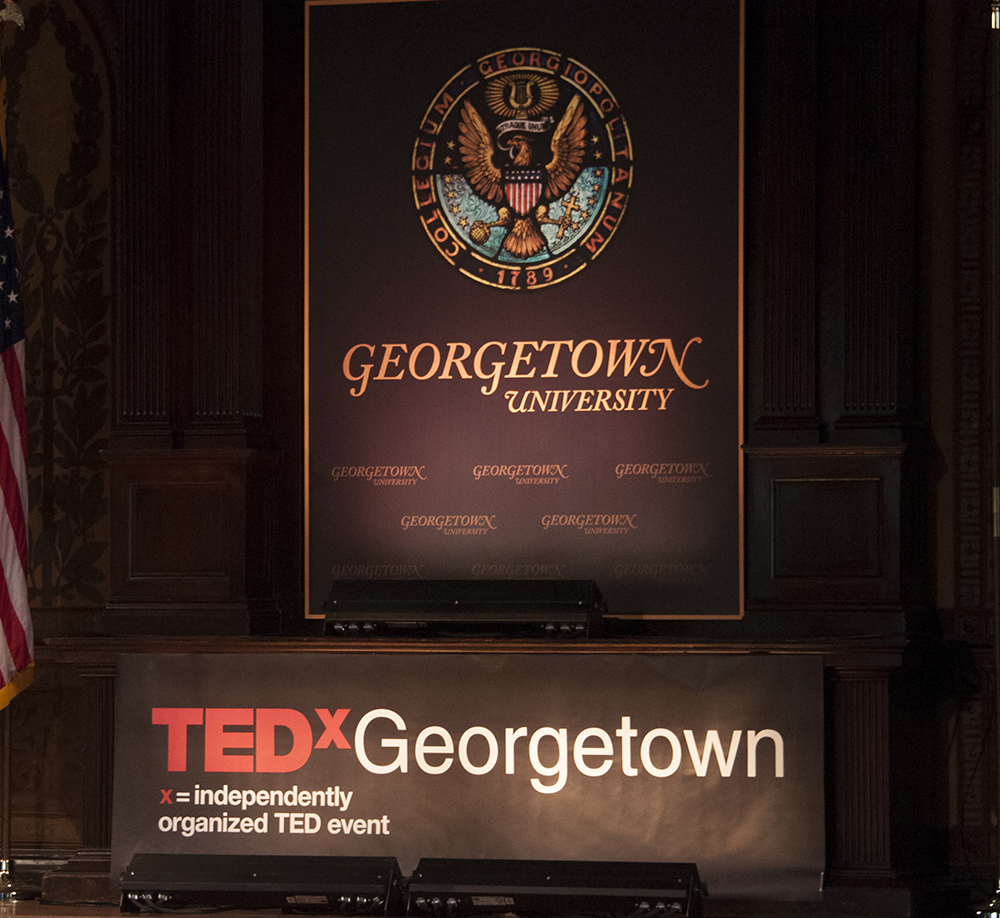In 1994, the United States, Canada and Mexico ratified the North American Free Trade Agreement (known as NAFTA) and created a huge trilateral trading bloc. NAFTA marked the first free trade agreement (other than the Canada-U.S. Trade Agreement of 1988, which NAFTA has now superseded) in modern U.S. foreign economic policy and remains in effect to this day.
The effects of the trade agreement remain contentious, with critics pointing to the loss of American jobs and the development of a form of servitude with the maquiladoras in Mexico. Proponents point to the huge boom in amount of goods traded between the U.S., Canada and Mexico. Regardless, NAFTA helped to usher in a period of commitment to free trade and formalized trade agreements with foreign countries, including, most recently, the Trans-Pacific Partnership, or TPP.
The Trans-Pacific Partnership is a free trade agreement between Pacific Rim countries, notably the U.S., Canada, Japan and Australia, that includes approximately forty percent of the global economy and acts as a bulwark against questionable trade and intellectual property policies of other countries in the region like China.
According to the U.S. Trade Representative’s office, the TPP includes chapters on “competition, co-operation and capacity building, cross-border services, customs, e-commerce, environment, financial services, government procurement, intellectual property, investment, labour, legal issues, market access for goods, rules of origin, sanitary and phytosanitary standards, technical barriers to trade, telecommunications, temporary entry, textiles and apparel, trade remedies.”
Although the topics covered are incredibly diverse (representing the accumulation of negotiations going back to, and even before, 2008), the most important parts of the agreement are intellectual property, barriers to trade and labor. The U.S. is especially concerned with weak intellectual property rights protection in the region and desires that patents be recognized and more thoroughly respected. As the TPP is a free trade agreement at heart, a substantial portion of the agreement is dedicated to removing or lowering legal and technical barriers to trade. And lastly, the deal seeks to create some uniformity for labor and environmental laws.
In fact, Oct. 5 was a monumental day for TPP negotiators in their over seven-year battle for free trade. The U.S., Japan and ten other countries reached a final agreement on terms of the TPP, resulting in the largest regional free trade agreement in history. Congress still must approve the deal, and this is shaping up to be a tough fight for Obama, who has recently relied on Republican support for free trade to pass fast track authority.
Domestic critics have been very vocal in their disapproval of the Trans-Pacific Partnership, however. There has been a sustained call for more transparency in the actual negotiation process as concerns began to mount that popular interests were taking a backseat to the desires of large corporations. Concerns about how the extension of patent law could raise prices of medicine in still-developing countries are very real. Others are worried that new rights afforded to companies could undermine global environmental progress. The most vocal critics in America, however, have come from a fairly predictable source: the coalition in politics concerned that outsourcing trade comes at the expense of American jobs and actually lowers American wages.
Nonetheless, the deal’s advocates have equally good points. The deal, historic in its scope of wealth and range of countries, has provided the U.S. with closer ties to the fastest growing economic countries in the world. It provides a framework for airing disputes and helps to deal with recent Chinese economic scares, including slowed growth, currency devaluation and spotty IP protection. The deal undoubtedly opens up new markets for American companies and should result in more diverse and competitive products domestically.
As for the candidates? Bernie Sanders remains vocal in his opposition, citing the agreement as an attempt to appease big “Wall Street” companies at the expense of workers in the United States. Donald Trump has criticized the agreement as well, calling it “an attack on American business.” Hillary Clinton was a strong advocate for the fast track authority deal that preceded the TPP, but has yet to throw her hat in the ring since stepping down from her position as Secretary of State. Senator Rubio also supports the TPP and fast track authority.
Although this week’s events signify a historic victory for free trade negotiators and Obama, a long road to ratification awaits. It should also be interesting to see how candidates react when the full details of the agreement are released.
Robert Danco is a sophomore in the School of Foreign Service. Investigative Politics appears every other Wednesday on thehoya.com.










